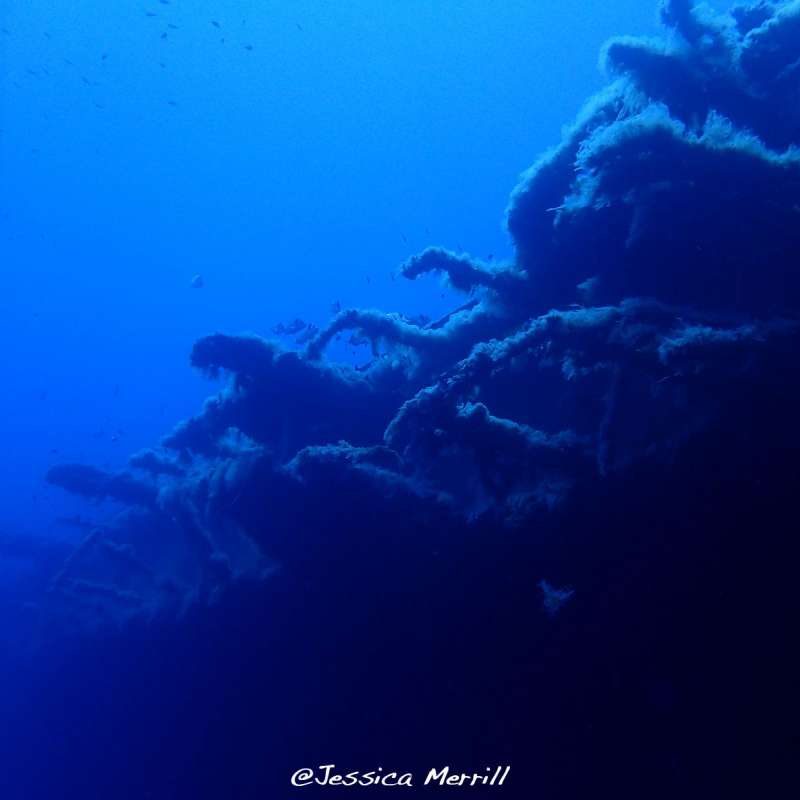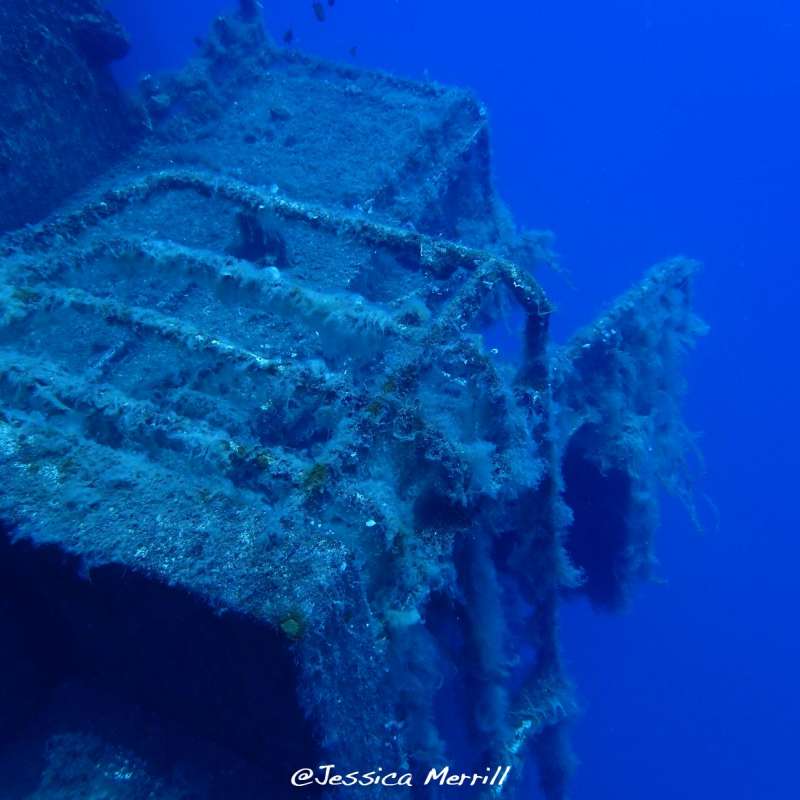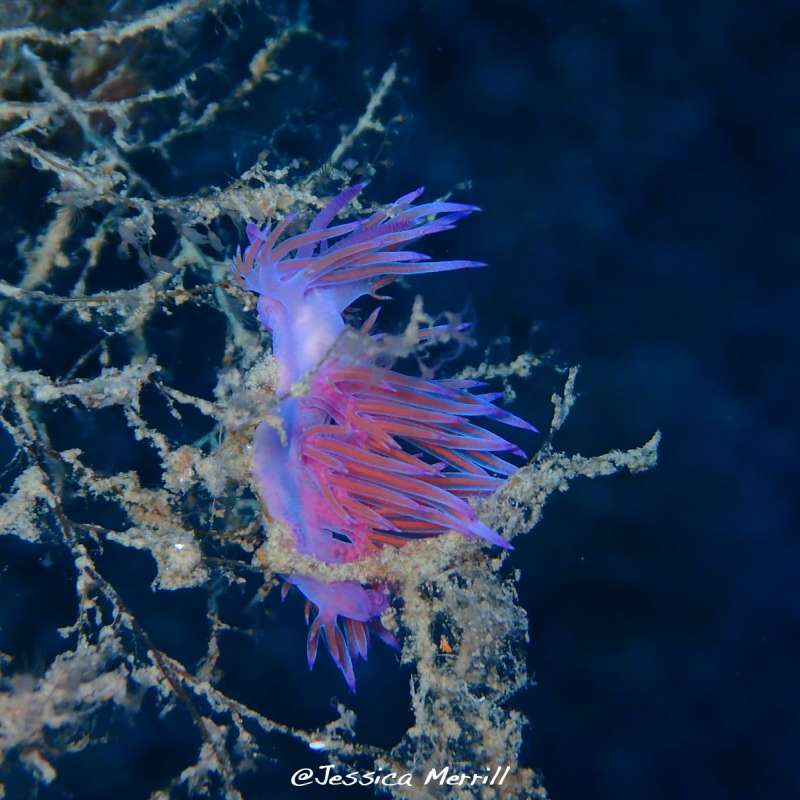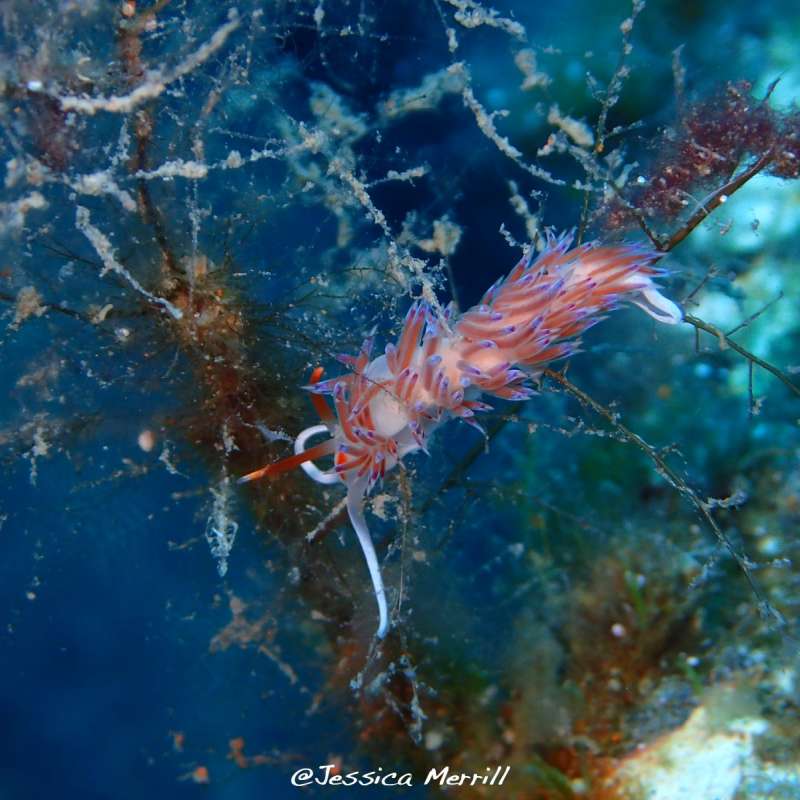Zenobia Wreck Dive in Larnaca, Cyprus
In June, 1980 the MS Zenobia sunk on her maiden voyage from Sweden en route to Syria. She was a roll on - roll off ferry carrying over two hundred million dollars in cargo including 104 tractor trailers. Thanks to this fact, she is also one of the largest truck graveyards in the world.
The captain and crew noticed problems steering her, and she began listing to port just before visiting Athens. At this time, her ballast tanks were pumped and she departed for Larnaca.
Sadly, the ballast problem reoccurred due to a serious software error. The list became much worse, and she was forced to leave the Larnaca harbor for fear that she would sink there and obstruct all boat traffic.
The list worsened steadily, and she eventually capsized and sank in Larnaca Bay around 1.5 miles offshore. Fortunately there were no casualties onboard. Over the years, many conspiracy theories have been formed around the sinking. These include everything from insurance fraud, espionage, and an illegal arms shipment to Syria.
Today, the Zenobia lays on her port side in roughly 42 meters of water. She has been recognized as one of the top ten wreck diving sites in the world since 2003, and for many good reasons!
Not only is the Zenobia a large wreck, but she offers a variety of different diving opportunities suited to every skill level.
Her starboard side can be explored extensively at depths of 16 - 19 meters, making her accessible to even novices. As she is roughly 180 meters in length, the starboard exterior of the ship can be visited in two fairly relaxed dives that feature many attractions including the lifeboats, props, funnels, and even a glimpse of the bridge.
Fortunately, the wreck has not been salvaged so there is still plenty to see on the outside :
First time visitors will enjoy a trip to the massive propellor, as well as a glimpse at the large crane and ramps used to shift her cargo. Below this area, numerous overturned trucks can be seen from depths around 30 meters. More advanced dives include penetrations through her upper and lower car decks where her cargo can be explored more thoroughly.
During these dives many vehicles will be encountered, as well as the bones of an entire container of frozen animals that sank with her. Relatively easy penetrations can also be made through the canteen, lavatories, bridge, and accomodations.
Other highlights inside the wreck include a cement mixer, an air pocket large enough to stand up in, and a truck full of toys! While you are likely to encounter a few "squeezes" in these areas, the thrill of exploring her dark interior is well worth it.
More technical divers and thrill seekers can visit her engine room, an extremely deep penetration dive with only one exit. As a bonus for those who want to go deeper, the sea floor next to the wreck is littered with a full cargo of eggs still in their shells.
In addition to her lack of salvage, the Zenobia has not been altered to accomodate divers.
Unlike many wrecks of her size, no large holes have been cut in her hull to create easier penetration routes. This allows her to be explored just as she was when she sank! This also means that her interior is littered with hazards as well as points of interest. Electrical cables dangle, piles of wood threaten to collapse, and the sounds of her cargo shifting are frequent. These additional obstacles only add to her allure and "ghost ship" appeal.
In recent years, the Cypriot government has begun to recognize the dive site as a protected artificial reef. This means that no fishing takes place in the area, and the mooring lines are free from hooks and other debris. As a safe haven from fishing, she has become home to many species of fish. Groupers, jacks, sea bream, barracudas, and wrasse can be encountered on nearly every dive. During the warm summer months, turtle, moray eel, and octopus sightings are more frequent. And, for the macro enthusiast there are large colonies of bearded fire worms as well as pink flabellina and giant doris nudibranchs. At this time, the Zenobia is considered to be the largest coral reef ecosystem off the shore of Cyprus. As the Medeteranean becomes increasingly overfished, life here is allowed to flourish.
At least a week of diving on the Zenobia is recommended for those who would like to experience her fully. With over 40 known penetration routes, you are sure to see something different on every dive! Also, thanks to temperate waters and mild currents this is an ideal training site for divers who are interested in wreck specialties or technical courses. The stunning visibility here (up to 40 meters at times) sets the ideal stage for photography and videography as well.
@ This article above is written by Jessica Merrill (PADI Instructor #351781), please give respect to her copyright!
This article & photos are not to be reproduced or distributed without written permission of Jessica Merrill.











